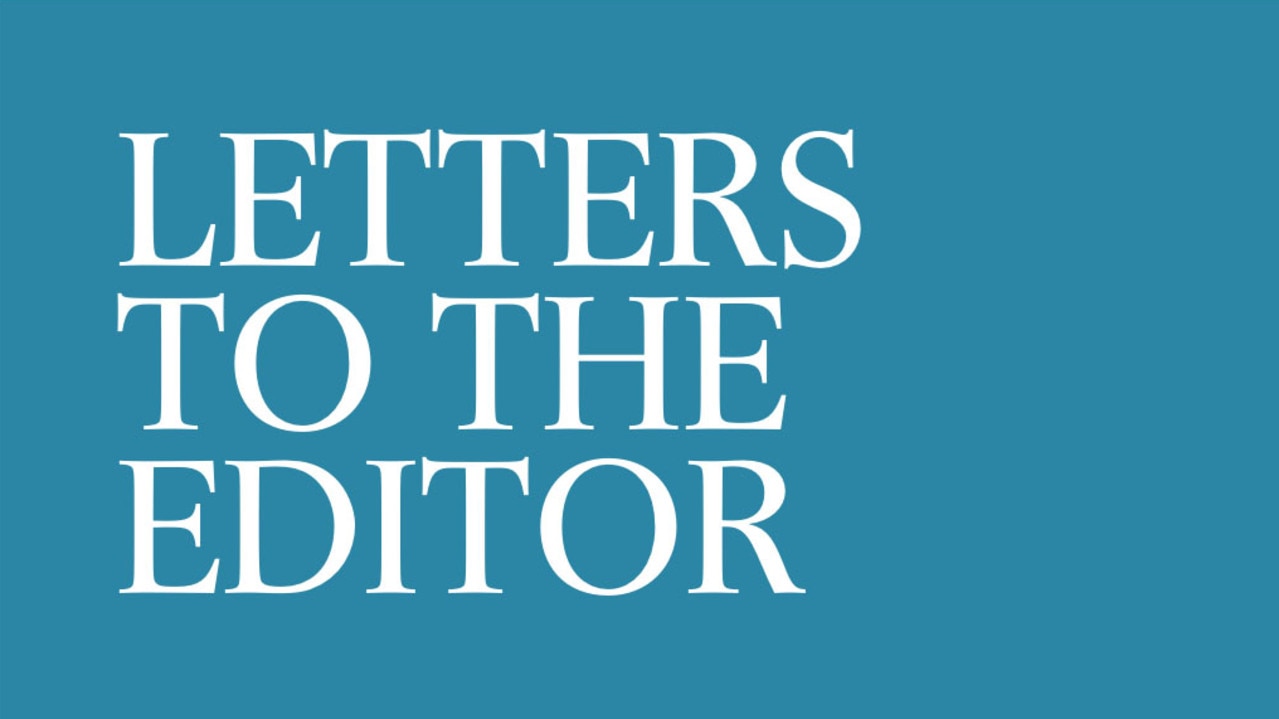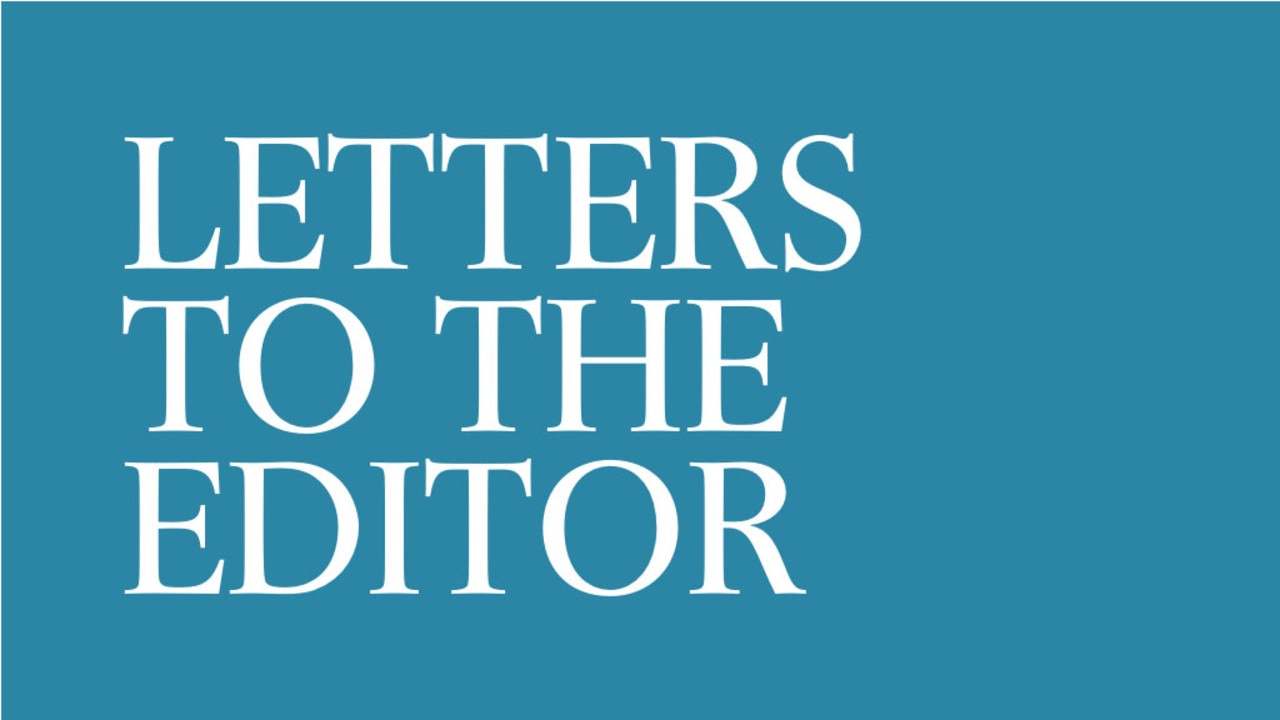Way to go before it’s business as usual with travel and vaccines
I note mass COVID vaccination centres are to be set up in NSW (“Mass jab facilities ‘must be used now’ ”, 7/4). That seems a sensible move as it emulates what has occurred in Britain and the US, which have achieved very high-volume vaccination rates. With the example of those speedy rollouts, it is difficult to understand why Australian governments have pushed vaccinations into the realm of already-busy GP surgeries. The result is a continuing inordinately slow, confused, uncertain and shambolic rollout. It appears Britain has nearly 300 mass vaccination sites — can we have similar centres in all states?
W. McNamara, Nedlands, WA
The notion by a number of Australian businesspeople that widespread vaccination against COVID-19 will enable the resumption of large-scale international travel is somewhat simplistic (“Nation must accelerate vaccine rollout”, 7/4). Studies to determine whether vaccination can prevent contraction and transmission of the disease are challenging to design and difficult to interpret.
Results to date suggest something like 40 per cent of vaccinated individuals still will be prone to contracting the disease and possibly transmitting it to others.
This suggests travellers who have visited countries with a significant presence of COVID-19 still will be subjected to quarantine measures on their return to Australia.
Bill Pannell, Pemberton, WA
The big decision for intending travellers is whether they can trust Australia’s premiers and the New Zealand Prime Minister not to close their borders and impose snap lockdowns (“NZ bubble sparks rush on holidays”, 7/4). Judging on past decisions, those who book interstate or NZ holidays are taking an incredible risk.
Riley Brown, Bondi Beach, NSW
High-rise changes
Robert Gottliebsen’s commentary (“NSW planning rules to increase cost of high rises”, 6/4) is unfortunately misleading and contains inaccuracies.
The Design and Place State Environmental Planning Policy will aim to simplify and consolidate how to deliver good design in NSW. However, the SEPP has not been drafted yet. An Explanation of Intended Effect was released on February 26 seeking early comment. It’s inaccurate to say the document was launched without major industry consultation; quite the opposite, this has been extensive and is ongoing.
We’ve been talking with industry since we announced plans for the SEPP in June 2020. Since then we have sought written submissions and held almost a dozen workshops, and we are setting up an industry advisory group to inform the development of the policy ahead of public exhibition of the draft SEPP in late 2021.
Regarding apartments, the changes proposed are part of a regular five-year review. They will make apartment living a more viable alternative for more families to enjoy. There are also no proposed requirements to increase apartment sizes or minimum sizes for kitchens or living rooms, carparking is not currently allowable on areas required for deep soil planting so will not be impacted, and there are no requirements to increase the provision of car spaces. All misleading statements.
The Explanation of Intended Effect for the SEPP remains on exhibition until April 28.
Abbie Galvin, Government Architect NSW
Once a priest
Father Frank Brennan was a darling of the left, who believed they had a Catholic priest who backed them in almost every leftist cause. They saw him as a harsh critic of his own faith and were delighted that one of the Catholic Church’s own was an internal critic. Then Brennan did the dirty on the green-left by standing up and publicly defending George Pell (“I’m a critic but Pell really was treated unjustly”, 7/4). All of a sudden Brennan became the adversary to the green-left’s unrelenting attack on Pell.
Peter D. Surkitt, Sandringham, Vic
Sporting chance
Katherine Deves (“We can’t protect women’s rights by denying biology”, 7/4) rightly articulated how academics and well-intentioned commissions are tying themselves into semantic knots by conflating the vital distinctions between sex and gender.
This modern maelstrom is especially pertinent in an Olympics year given the ideological minefield that is sport, where certain sportspeople are allowed to compete in a class or division in which they rightly would not have been allowed to participate previously. Calling yourself a different name and beginning hormonal therapy does not change one’s DNA.
I feel the more our own Australian national sporting bodies buy into the unbridled cultural wormhole of identity politics, the more polarised sport will become, inadvertently losing its tremendous capacity to be our great social leveller.
Peter Waterhouse, Craigieburn, Vic



To join the conversation, please log in. Don't have an account? Register
Join the conversation, you are commenting as Logout